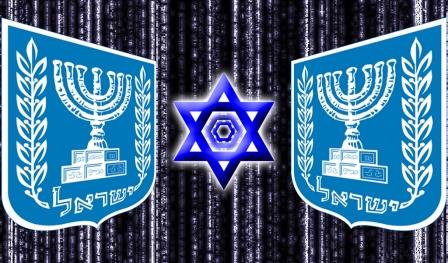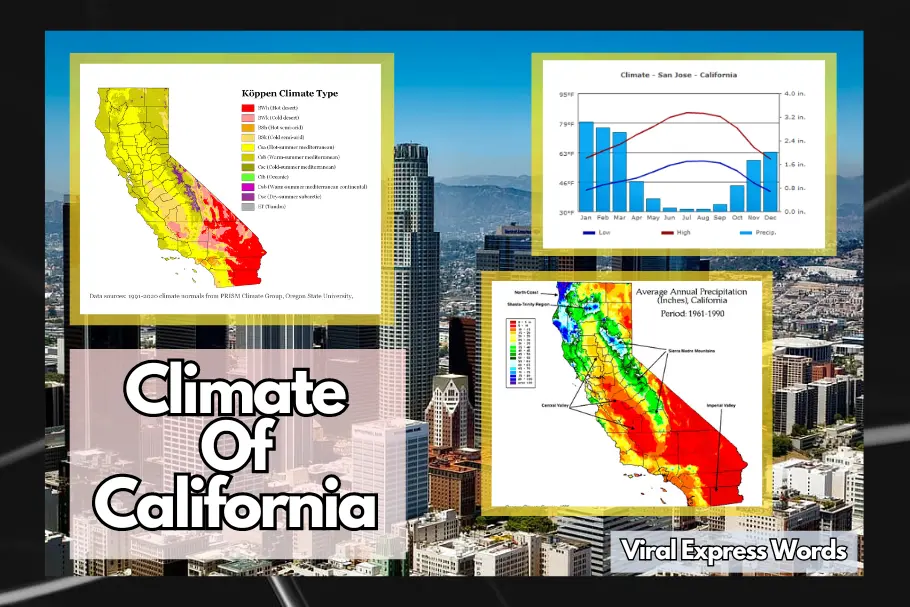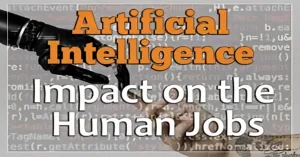![]()
Israel-Palestine Conflict: Escalation of Attacks, Injuries, and Shots Fired
A. Brief overview of the escalating conflict between Israel and Palestine
B. Importance of understanding the historical and geography of the region
II. The Israel-Palestine Map: A Complex History
A. Historical background of the Israel-Palestine conflict
1. British Mandate and the creation of Israel in 1948
2. Displacement of Palestinian Arabs and creation of Palestinian refugee population
B. Geographical divisions and disputed territories
1. West Bank, Gaza Strip, and East Jerusalem
2. Israeli settlements and their impact on the territorial disputes
III. Current Situation: Attacks and Injuries
A. Recent escalation of violence and attacks on both sides
1. Rocket attacks from Gaza targeting Israeli cities
2. Israeli airstrikes targeting Hamas in Gaza
B. High number of casualties and injuries
1. Impact on civilians, including children and innocent bystanders.
2. IV. Forces Driving the Conflict
A. Religious and cultural differences
1. Historical and religious significance of the region to Jews, Muslims, and Christians
2. Competing claims to the land and holy sites
B. Political and territorial disputes
1. Israeli occupation of Palestinian territories and restrictions on movement
2. Failed peace negotiations and lack of progress towards a two-state solution.
V. The Plight of Palestinian Refugees
A. Creation and ongoing struggles of the Palestinian refugee population
1. Displacement and loss of homes during the creation of Israel
2. Challenges faced by refugees in neighboring countries and within the occupied territories
B. International efforts to support Palestinian refugees.
1. Role of UN agencies and NGOs in providing aid and support
2. Need for a comprehensive and just solution for the refugee crisis.
VI. Conclusion
A. Recap of the complex history and geography of the conflict
B. Urgency for a peaceful resolution to the ongoing violence and suffering
The war between Israel and Palestine
Conflicting Claims over Land
At its core, this war revolves around conflicting claims over land and resources. Both Israel and Palestine believe they have rightful ownership over certain territories, which has sparked intense disagreement and hostility between them. Negotiations and peace talks have taken place throughout the years, but unfortunately, finding a lasting solution has proven to be incredibly challenging.
The international community has attempted to mediate and encourage peaceful resolutions, recognizing the urgent need to end this prolonged conflict. However, deep-rooted grievances and mistrust continue to fuel violence and prevent meaningful progress.

UN ROLE
In March, the UN Special Rapporteur on the human rights situation in the OPT determined that the “political system of entrenched rule” in the occupied West Bank and Gaza Strip “satisfies the prevailing evidentiary standard for the existence of apartheid”. In November, the UN Special Rapporteur on the right to adequate housing reached the same conclusion about Israel’s policies of home demolitions. Some states, including South Africa, condemned Israeli apartheid, echoing statements by Palestinian, Israeli and international human rights organizations. Despite this growing recognition, Israel continued to enjoy impunity thanks to the support of its key allies.
West Bank (Source: www.amnesty.org)
Right to truth, justice and reparation (Source: www.amnesty.org)
Israeli authorities continued to refuse to cooperate with the investigation by the ICC Office of the Prosecutor, despite a 2021 decision by the ICC to initiate an investigation into the situation in Palestine. The authorities also failed to adequately investigate violations and crimes under international law. (Source: www.amnesty.org)
In the West Bank, 175 permanent checkpoints and other roadblocks, as well as scores of temporary irregular barriers and a draconian permit regime, supported by a repressive biometric surveillance system, continued to control and fragment Palestinian communities. (Source: www.amnesty.org)
Conflicting About Land
Tens of thousands of Palestinians remained at risk of forced evictions in Israel and the OPT, including some 5,000 living in shepherding communities in the Jordan Valley and South Hebron Hills. Israeli authorities demolished 952 Palestinian structures across the West Bank, including East Jerusalem, displacing 1,031 Palestinians, and affecting the livelihoods of thousands of others. (Source: www.amnesty.org)
Israeli authorities increased their use of administrative detention, prompting a mass boycott of Israeli military courts by hundreds of detainees including Salah Hammouri, who went on hunger strike together with 29 others in protest at their detention without charge or trial. By 31 December, 866 individuals, all but two of them Palestinians, were administratively detained, the highest number in 14 years. (Source: www.amnesty.org)
Torture and other ill-treatment.
The vote was polarized between those supporting and opposing former prime minister Benjamin Netanyahu, while consensus on maintaining Israel’s occupation of Palestinian and Syrian territories remained. The right-wing bloc, led by Benjamin Netanyahu and a religious-nationalist coalition, secured a majority of seats and formed a government in December.
It is important to acknowledge the human toll of this war – innocent civilians on both sides have suffered greatly. Families have lost loved ones, homes have been destroyed, and lives have been upended. The “Why is the war happening between Israel and Palestine?” Title: Understanding the Conflict: Exploring the Map and its Implications
The Historical Roots:
The historical roots of the conflict delve into a chronicle of intertwined claims to the same land, stretching back over a century. At its core lies the rise of Jewish Zionism and the subsequent influx of Jewish immigrants into a region predominantly inhabited by Palestinian Arabs. This convergence of divergent aspirations set the stage for conflicting narratives, laying the foundation for a protracted struggle over territorial sovereignty.
The aftermath of World War I marked the transition of the region from Ottoman rule to British oversight, introducing a new layer of complexity. The subsequent emergence of competing national identities—Israeli Jewish nationalism and Palestinian Arab nationalism—further compounded the contestation over the land. The rejection of the United Nations proposed partition plan in 1947 became a pivotal point, sparking armed conflict and subsequent wars between Israel and neighboring Arab nations. These clashes caused widespread displacement, birthing refugee populations and cementing territorial disputes that persist today, shaping the ongoing struggle for control. These historical origins delve into the intricate interplay of identity, contested land claims, and conflicting aspirations for statehood. They serve as the foundational basis upon which the complex Israel-Palestine conflict rests, weaving a narrative entangled with multifaceted grievances and ambitions.
The political complexity:
This conflict is deeply entrenched in political complexity, characterized by intricate layers of historical grievances, territorial disputes, competing national narratives, and divergent geopolitical interests. This complexity arises from the clash of aspirations for statehood, the status of disputed territories, the presence of Israeli settlements, security concerns, and the complexities of governing a region fragmented by decades of conflict. The involvement of various political actors, both regional and international, further complicates the landscape, shaping the intricate web of negotiations, alliances, and diplomatic maneuvers aimed at resolving this enduring conflict.
The scarcity of resources, notably water, and economic disparities play pivotal roles in the conflict. Control over crucial resources stands as a linchpin in this struggle. Palestinians contend that their limited access to water and fertile land perpetuates economic oppression, contributing to social unrest. These resource disputes intricately intertwine with the conflict’s endurance.
Human rights violations loom large in this protracted conflict, marking a troubling reality for both sides. Allegations of disproportionate use of force, arbitrary detentions, and the establishment of settlements in the West Bank continuously stoke tensions. These grave issues draw global scrutiny and censure, further inflaming the ongoing conflict.
The Role of Extremist Groups:
Extremist groups play a significant role in the Israel-Palestine conflict, contributing to heightened tensions and perpetuating cycles of violence. Their radical ideologies and aggressive actions often derail peace efforts and exacerbate hostilities, complicating the path toward resolution. These groups, operating on both sides, pose formidable challenges to achieving lasting peace, as their agendas prioritize conflict and hinder prospects for reconciliation.
The Human Toll:
The harrowing human toll of this protracted conflict reverberates across generations.
The quest for peace and a viable resolution has seen a labyrinthine network of international initiatives, peace accords, and diplomatic dialogues, yet sustainable.
and comprehensive solution remains elusive.
Read More Click Here: Israeli Intelligence Agencies Inside Mossad | Israel’s Elite Spy Agency
Conclusion:
The Israel-Palestine conflict stands as an intricate mosaic of intertwined histories, religious significance, and competing claims, casting a profound human toll across generations. Its complexities, deeply ingrained in territorial disputes and divergent national aspirations, have perpetuated a cycle of suffering and devastation that transcends mere statistics. In seeking a resolution, the complexity of this conflict demands a nuanced, multifaceted approach. Embracing dialogue, mutual understanding, and a steadfast commitment to human rights forms the crux of a potential path toward reconciliation. It’s a journey fraught with challenges, embedded within political intricacies, historical legacies, and socio-economic disparities, requiring sustained dedication and empathy from all involved parties.
The pursuit of peace in this region carries implications that extend far beyond its geographic borders, resonating as a fundamental pillar for global harmony and stability. As we navigate this labyrinth of strife and aspirations, the imperative remains clear: to foster understanding, honor humanity, and build a future where the toll of conflict is replaced by the promise of coexistence and peace.
FAQ:
Q:1- Why are Israel and Palestine fighting over?
Ans: The Israel-Palestine conflict is primarily rooted in competing claims to land, especially in Jerusalem, with historical, religious, and territorial significance for both Israelis and Palestinians.
Q:2- Why did Israel bomb Gaza?
Ans: Israel’s decision to bomb Gaza can stem from various reasons, but typically, Israel asserts that it responds to attacks by militants in Gaza. They often claim these actions are carried out in defense and for the protection of their citizens, aiming to prevent further threats and ensure their national security.
Q:3- What is Mossad famous for?
Ans: Mossad, Israel’s intelligence agency, is renowned for its clandestine operations, intelligence gathering, and counterterrorism efforts worldwide. It’s known for its effectiveness in conducting covert missions, gathering information, and taking action to protect Israel’s national security interests.
More Topics: Click Here Viral Express Words
https://rss.app/feeds/9g8Webx8a2dX1ym1.xml

























Add Comment